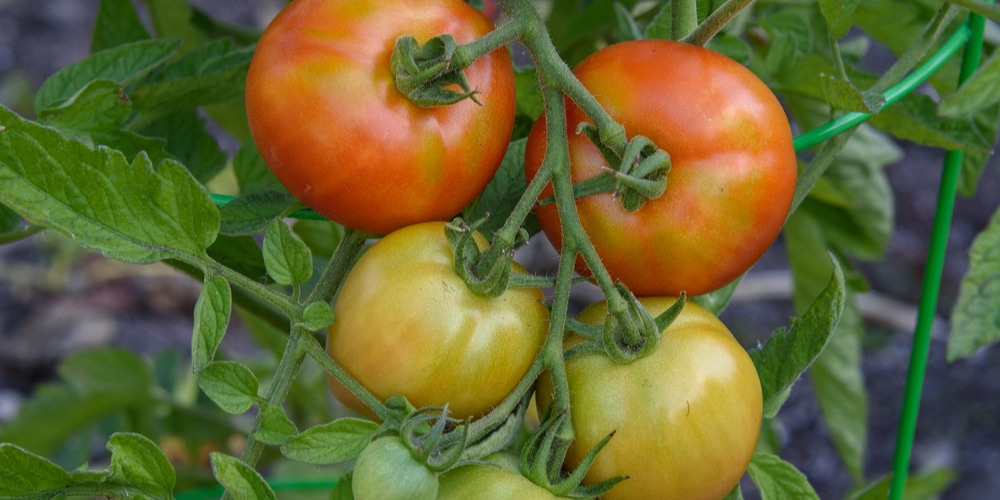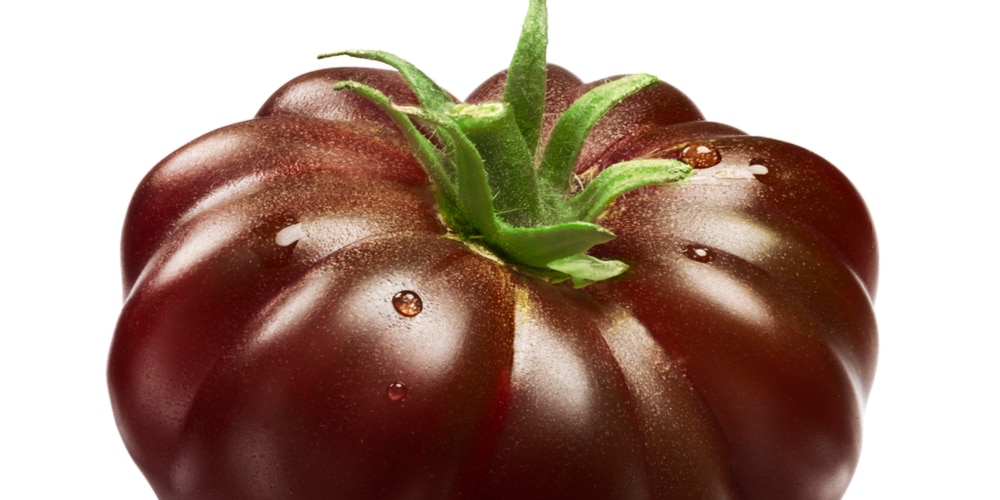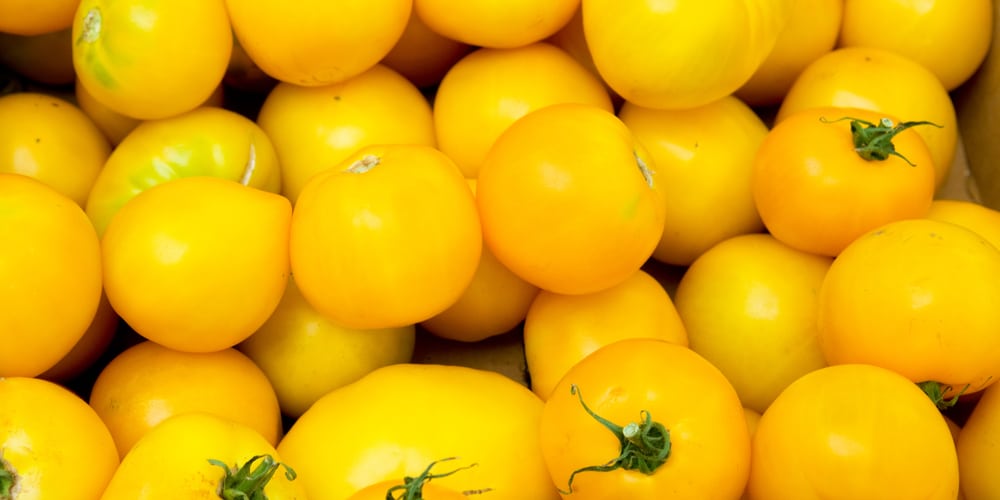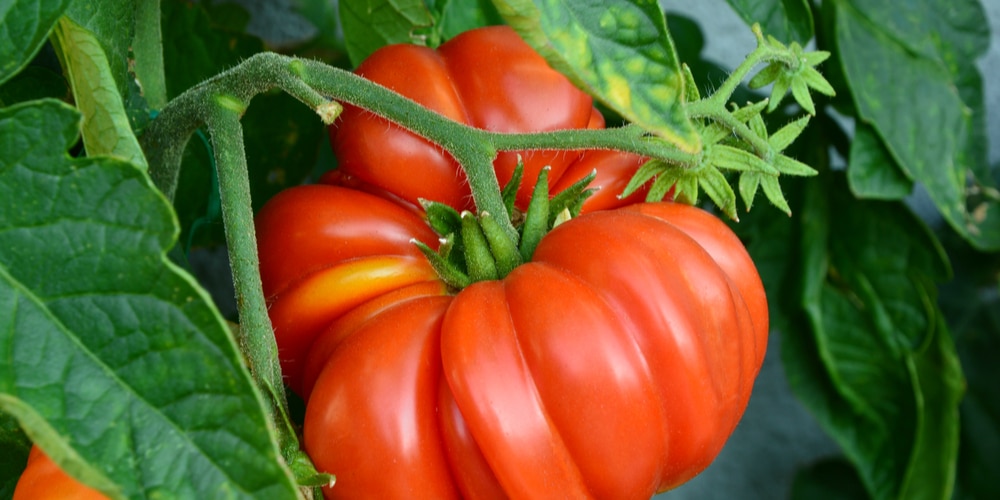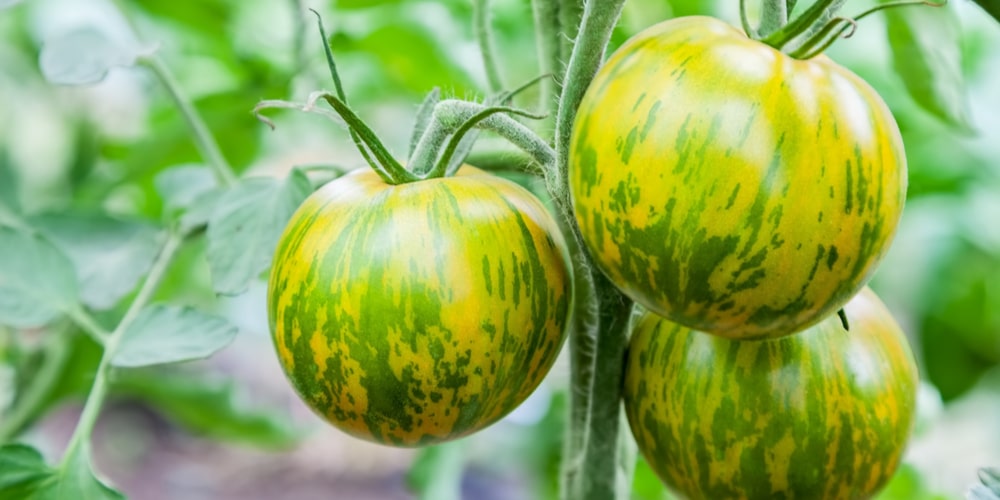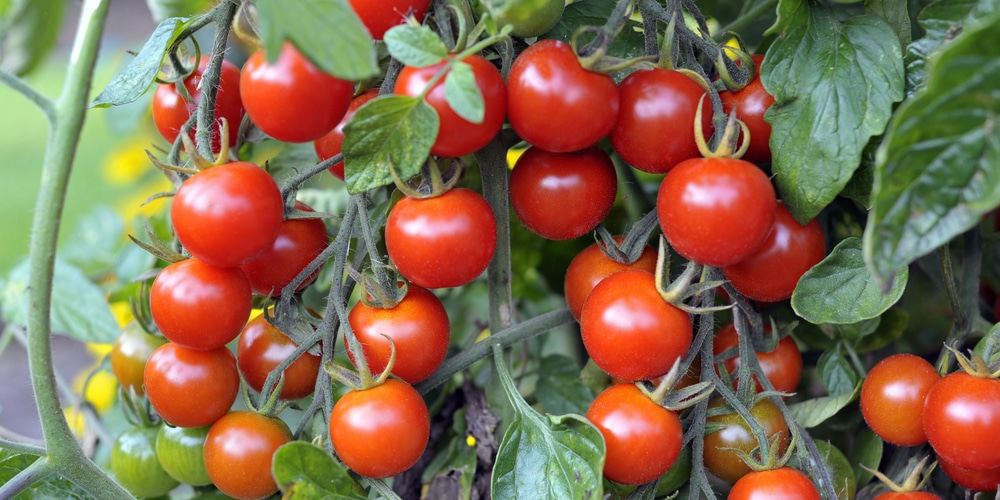Sacramento with its hot summer season is perfect for growing tomatoes. If you’re looking to get in on the fruit action, here are 7 of the best tomatoes to grow in Sacramento.
The 7 Best Tomatoes to Grow in Sacramento
Kellogg’s Breakfast Tomato
The fruit that comes off the Kellogg’s Breakfast variety is dark orange, but don’t let that put you off growing this spectacular Beefsteak heirloom species. Once the fruits assume a carrot-colored hue then you’ll know it’s time to harvest them.
The heirloom plant is an indeterminate species, and if you grow Kellogg’s Breakfast right you’ll have tons of tomatoes in the middle of the growing season. The big-sized and meaty tomato fruit is made for slicing, but you can turn it into salsa and sauces if you want to.
Black Krim Tomato
Black Krim is right up there in the ‘most unusual color’ tomato category, with the fruit having a deep red-purplish hue that can turn black in hot weather. Don’t pick it off and assume that it’s rotten- black krim tomatoes are actually rich and have that distinctive and smoky flavor.
This tomato variety is also indeterminate, and you’ll need to stake it so the fruit is away from the ground (and possible rot). Provide plenty of water and keep the soil moist and remember to feed with a balanced fertilizer each month after the seedling stage.
Lemon Boy Tomato
With a name like ‘Lemon Boy’, you’ll have guessed that this tomato variety produces bright yellow fruits. Aside from the name and eye-catching fruit, the other benefit to growing this tomato plant is getting a taste of the mild and meaty flavor.
‘Lemon Boy’ is relatively new but is already becoming very popular in Sacramento. The best part is that you can grow it in a container, and the tomato variety is highly resistant to gray leaf spot, stem canker, nematodes, fusarium wilt, and verticillium wilt.
Brandywine Tomato
If you’re looking for a classic tomato variety, then the Brandywine tomato is exactly what you need. Fruit color options can range from red to yellow and even black, but one thing’s for sure- you get big and juicy tomatoes set atop leaves that appear similar to a potato’s, and the flavor will make you a lifelong fan.
The heirloom tomato variety might take longer than the others to bear fruit, but it’s definitely worth the wait. Make sure to pick the ripe fruits so the plant can focus on producing more. Water and fertilize to get maximum harvests.
Green Zebra Tomato
Another unusual tomato variety with strange-looking fruits, ‘Green Zebra’ touts neon-like green tomatoes that form yellow stripes when they go ripe. They’re almost like golden apples in appearance and have a similar taste.
‘Green Zebra’ is relatively easy to grow- place the plant where it gets full sunlight for 6 hours or more and in well-drained, rich soil and it’ll take right off.
Of course, don’t forget to water your tomatoes thoroughly when the top inch of the soil is dry. This tomato species grow well in temperatures 70 degrees F and above.
Sweet Million Tomato
A red cherry variety that produces sweet tomato fruits to no end, you’ll love the Sweet Million for its tendency to fill up your pantry with lots and lots of produce. You can use the fruit in many ways, including as a salad and for summer dishes.
Sweet Million is an excellent choice for beginner gardeners and those who are trying to grow tomatoes for the first time. The indeterminate species tend to grow long vines, to which innumerable fruits appear as long as you meet its growth requirements.
Bloody Butcher Tomato
Bloody Butcher tomato is an early season grower and begins fruit production as early as 60 days from seed. You’ll soon see bright red and huge fruits forming on the vines, and when you bite into a ripe Bloody Butcher tomato the richness just explodes in your mouth.
Caring for Bloody Butcher is easy- just provide bright light as soon as seedlings emerge, and prepare a nutrient-rich medium that has plenty of compost.
Don’t forget to water frequently and keep the soil moist, and fertilize with a well-balanced solution to keep the tomato plant growing heartily and producing immense red fruits.
You May Also Like: When Do Geraniums Bloom?
